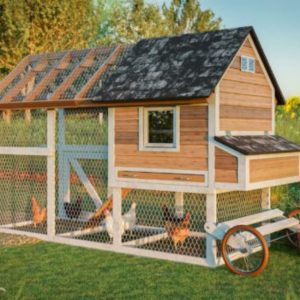Last Updated on July 7, 2025 by teamobn
Lead me up the garden path 😀
Building a well-designed garden path is a great way to take your visitors for a tour around your yard. It guides them to the areas you want them to see. Your garden path also connects various parts of your garden, giving it a sense of order and cohesiveness.
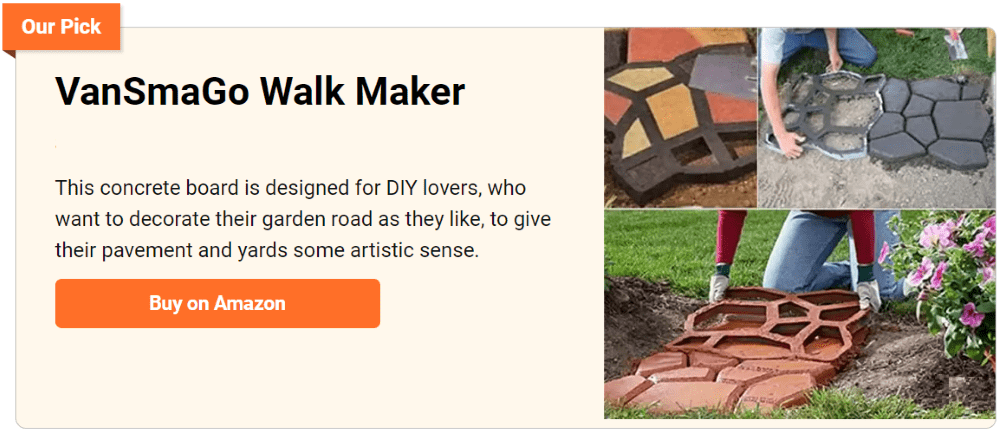
Garden stepping stones make it easy for you to walk through areas in your garden after the rain. They keep your feet dry and the mud outside your home.
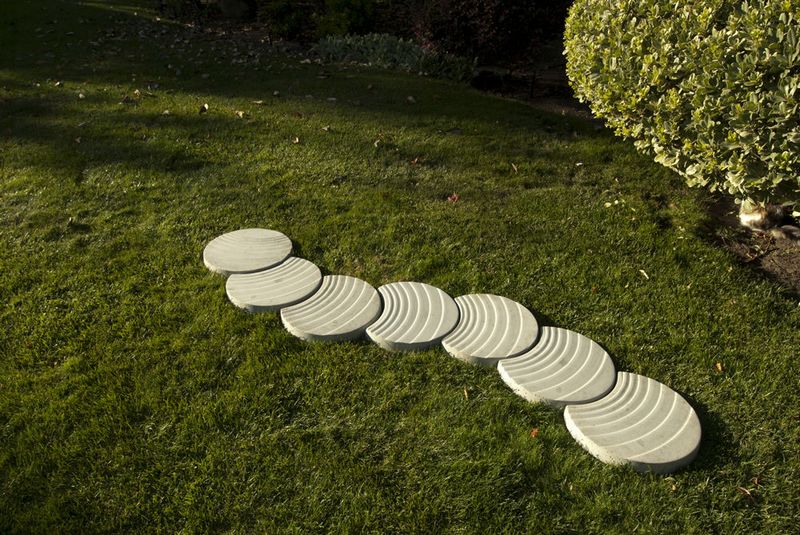
One thing that landscapers know for certain is that paths can make or break a nice garden. Plain concrete is certainly durable and cost-effective but is unsympathetic to most landscapes.
Conversely, while not overly durable, a bark path will fit in most situations and is very inexpensive to put down.
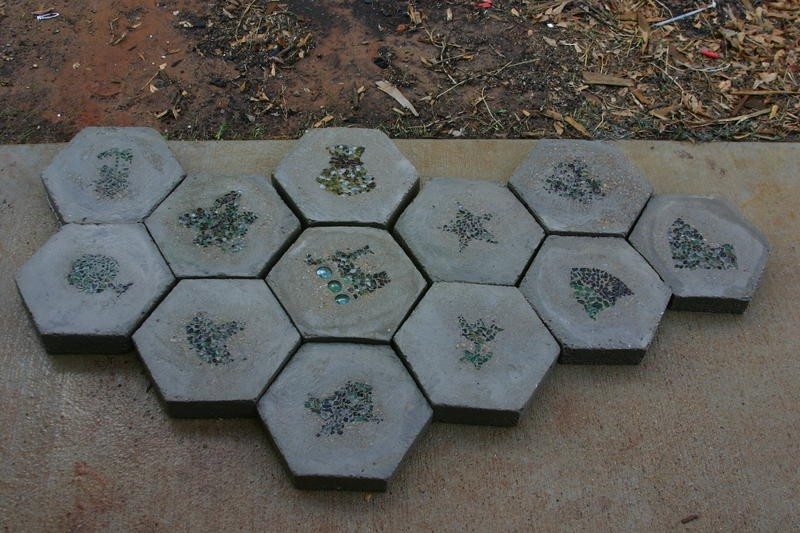
Building Easy Garden Paths
In building a garden path, there are things that you should consider. Check out the following:
Type of Soil
The type of soil you use may impact your paths or walkways. Different types of soil have different properties.
For example, clay soil is slow to absorb moisture and drains moisture better than other types. Clay soil is able to absorb more water than other types of soil but is also heavy.
On the other hand, sandy soil is fast to absorb water but doesn’t drain water as well as clay. Sand is light and easy to move around.
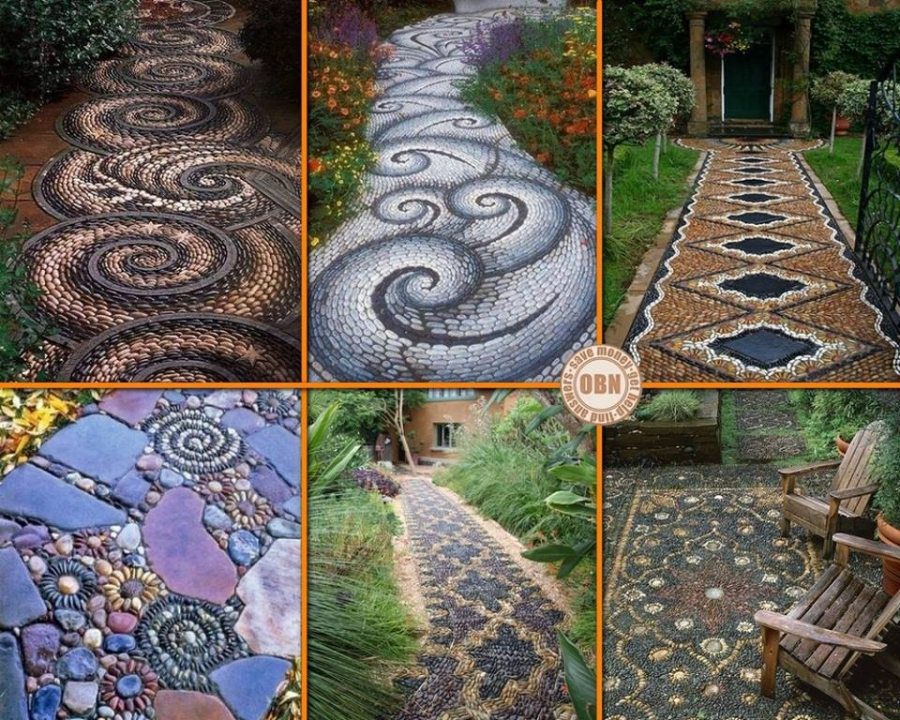
Type of Plants
The garden path is the perfect moment to turn a random corner and find something that looks like it has been planted specifically for your arrival.
If you are not a gardener, you might think that the garden path is an afterthought, except you will find in most cases that the plants on the path were pruned and shaped to accommodate the movement of visitors.
Considering the type of plants in your garden is very important so that the garden path design of your choice will match the overall theme of your landscape.
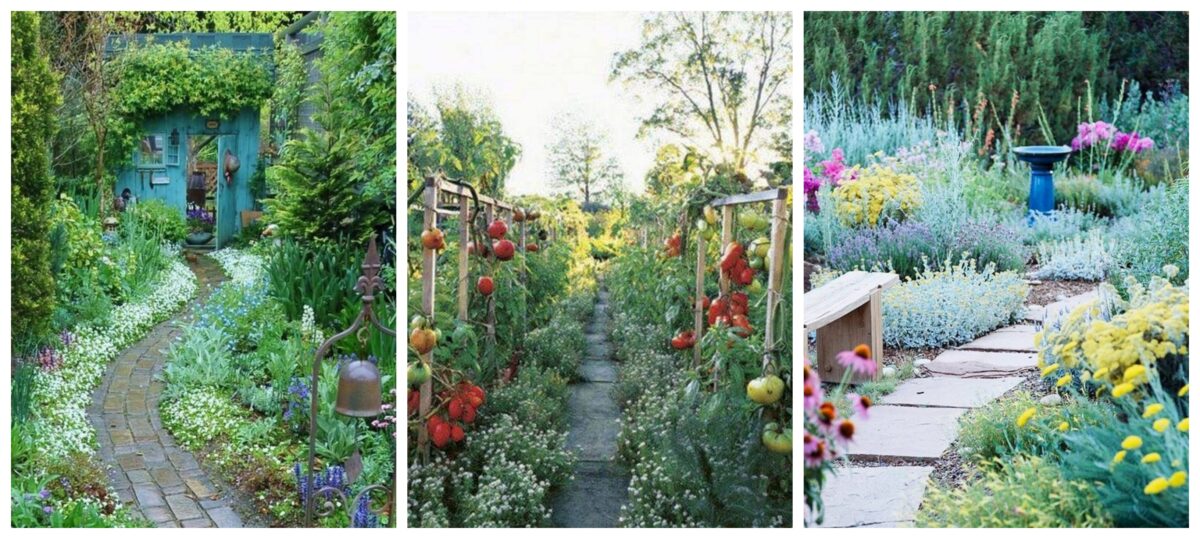
Type of Pavers
Pavers are far easier to handle than dressed stone – as long as you are prepared for the stains, cracks, and contractor-graded finishes.
It is recommended that you use a gravel-based type of paving in your garden path because it is quite wear-resistant and is easy to clean. On the other hand, you can also consider flat paving of paving flags.
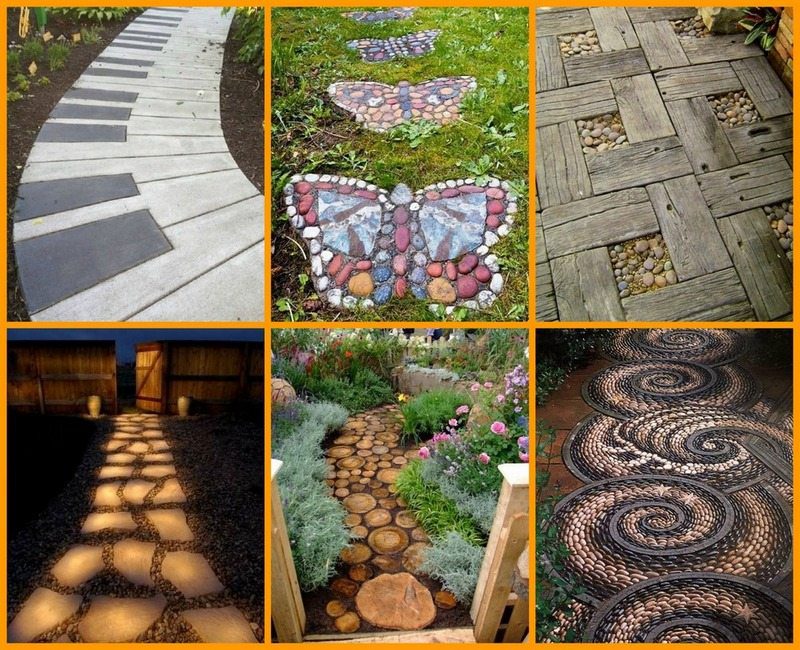
Budget
Last but not definitely not the least, and the most important factor to consider in building your garden path. The Budget you have in your pockets for building a garden path should represent the amount of money that you have available to spend on all your garden maintenance.
Consider your budget before designing your garden path. A garden path can be a great asset to any garden and can add a lot to the overall look of your home. However, they are expensive and can cost you a significant amount of money. Before designing your path, you need to first consider your budget.
There are many kinds of affordable stones and stone materials available from path builders that can easily be used to build a garden path. The best thing about a garden path is that you can easily manage them by yourself.
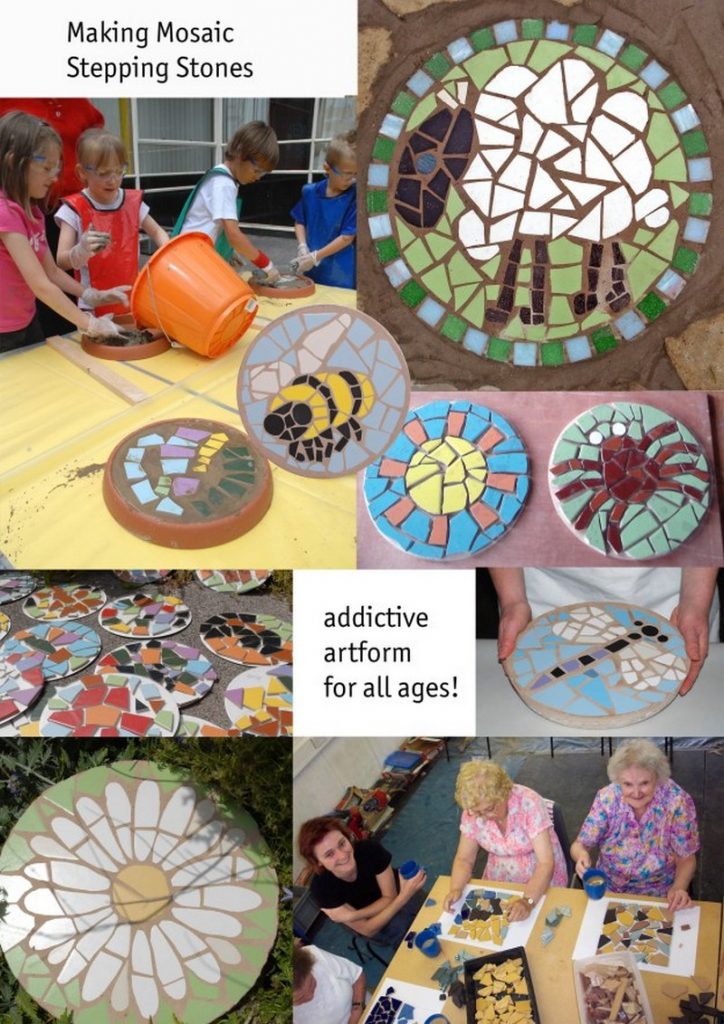
Here are lots of ideas for you to use or adapt according to your needs…
Smart Edging Solutions to Stop Gravel Creep
Gravel shifts over time and invades lawns or beds. Smart edging tames those runaway stones and keeps easy garden paths crisp without heavy maintenance.
Metal Landscape Edging Strips
Cold-rolled steel or powder-coated aluminum bends to any curve yet stays rigid when back-filled. Tap the strip into a shallow trench, drive spikes through the pre-punched holes, and backfill gravel tight against the web.
Once installed the low profile disappears under mulch, so the line reads crisp but natural. This hidden barrier locks gravel in place and gives easy garden paths a professional finish that stands up to lawn-mower wheels and foot traffic without shifting. It resists frost heave during winter thaws.
Recycled Plastic Borders
Flexible plastic edging made of post-consumer resin offers an eco-friendly alternative that lasts for decades. It unrolls in warm sun, molds around gentle arcs, and fastens with simple composite stakes.
The tall back lip stops washed gravel migrating into turf while the front bevel disappears under decorative stone. Because it will not rust or rot, homeowners install once and forget about replacement. Cost per foot is low, so even long easy garden paths can gain sharp lines without straining the budget.
Natural Stone Restraints
Dry-laid cobbles or flat fieldstones stacked edge-on create an organic border that blends with cottage landscapes. Excavate a trench, add compacted crusher dust, and bed each stone so the top rises just above the gravel surface.
The mass of rock holds material even during heavy downpours yet still looks timeless. Plant creeping thyme in joints to knit stones together and soften lines. The weight alone prevents frost movement, so maintenance stays minimal. The result feels handcrafted while keeping easy garden paths orderly and slip-free.
Living Edges with Tough Groundcovers
Plants like dwarf mondo grass or blue star creeper form dense mats that act as living edging. Set plugs two inches beyond gravel, then top-dress with compost to encourage quick spreading.
The roots weave into the upper soil layer, binding particles and reducing erosion. During summer the green strip cools reflective stone, making walks pleasant on bare feet.
Trim once a season to keep runners out of the walking zone and preserve the clean shape established by your hard edging choice.
Fast Drainage Hacks for Low Spots
Water collects in low spots and turns attractive walkways into slippery bogs. Quick drainage strategies protect easy garden paths and preserve soil health after each storm.
Perforated Pipe French Drains
Dig a narrow trench parallel to the walkway, line it with filter fabric, and lay perforated PVC pipe bedded in clean gravel. The pipe collects subsurface water and moves it to a soakaway pit or storm drain.
Cover with two inches of gravel and fold fabric over before topping with soil or mulch. This underground solution keeps easy garden paths dry even during monsoon rains and protects foundations nearby. Flush the pipe each spring to remove silt and prolong flow rate.
Gravel Trenches Beneath the Path
If you plan new construction, excavate six inches below finish grade and fill four inches with compacted road base. Add a one-inch layer of washed drainage gravel before placing stepping slabs.
Void spaces between stones act as mini reservoirs that release water sideways into surrounding soil. This capillary break stops upward seepage that turns easy garden paths into slippery hazards. Top off with decorative aggregate for a uniform walking surface that never puddles. Simple hand tamping ensures each layer stays firm under regular foot traffic.
Raised Boardwalk Walkways
Where the ground stays soggy year-round, elevate the route with rot-resistant lumber or composite decking. Set beams on helical piers or concrete piers to keep wood out of wet soil. A four-inch air gap under planks allows constant airflow that dries the space and limits insect activity.
Narrow gaps between boards drain rainfall instantly and provide grip. Apply nonslip strips on high-traffic sections for added safety during typhoons. Periodic inspection and a fresh coat of sealer every few years keep the boardwalk serviceable.
Adding Lightweight Soil Amendments
In depressions you cannot regrade, lighten heavy clay by mixing expanded shale, perlite, or coarse compost through the top eight inches. The amended layer drains faster and supports turf or groundcovers that absorb extra moisture.
Work during dry weather so clumps break apart easily. Finish with a slight crown so water flows off edges instead of pooling at the center. Repeat aeration every second year to maintain porosity after natural settling. This low-tech approach costs little and suits home gardeners without heavy equipment.
Easy Garden Paths Gallery
Click on any image to start the lightbox display. Use your Esc key to close the lightbox. You can also view the images as a slideshow if you prefer ![]()
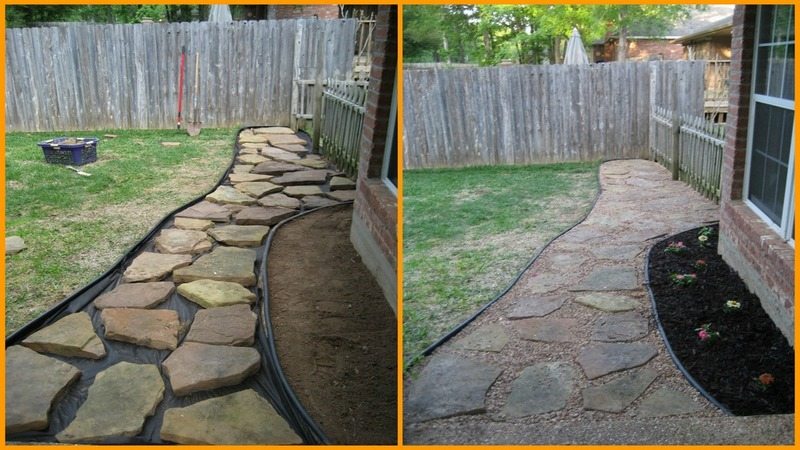
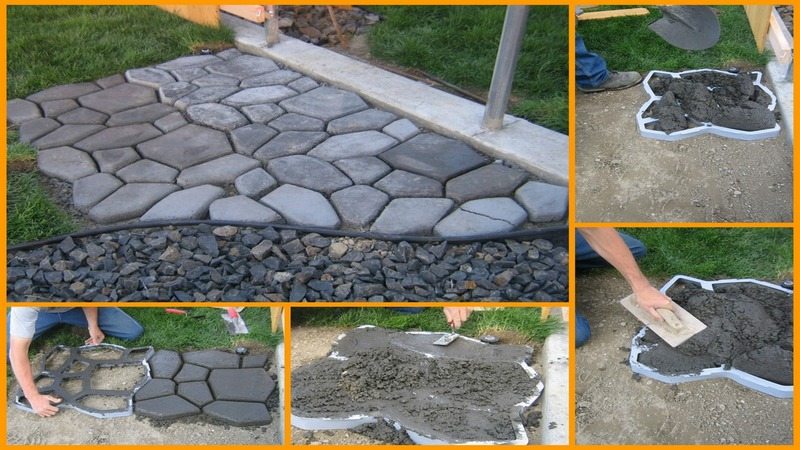
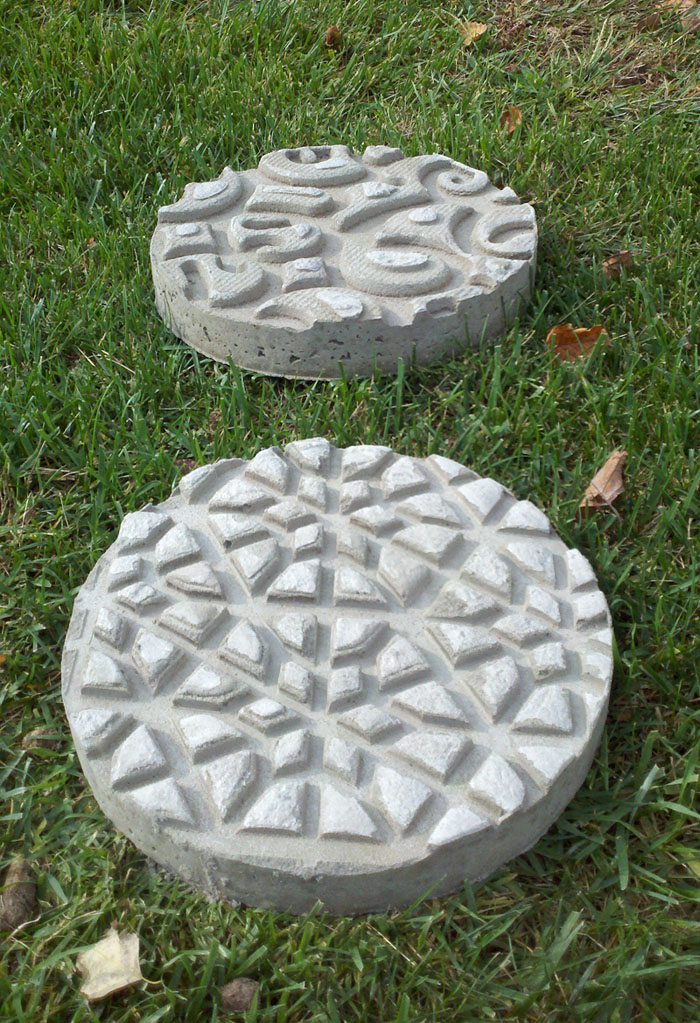
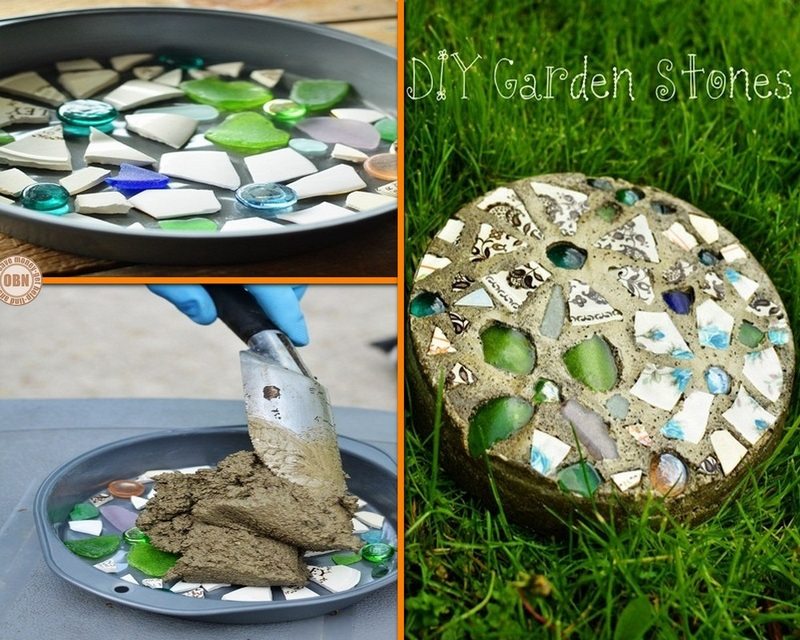
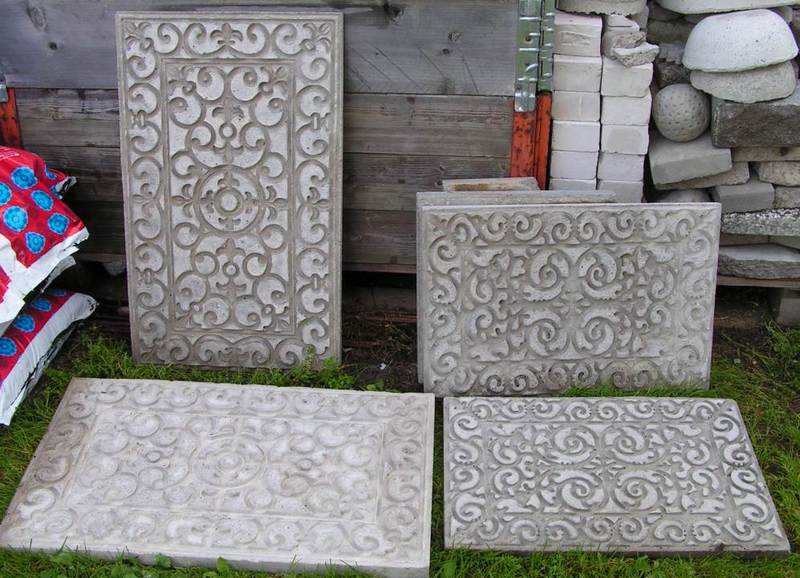

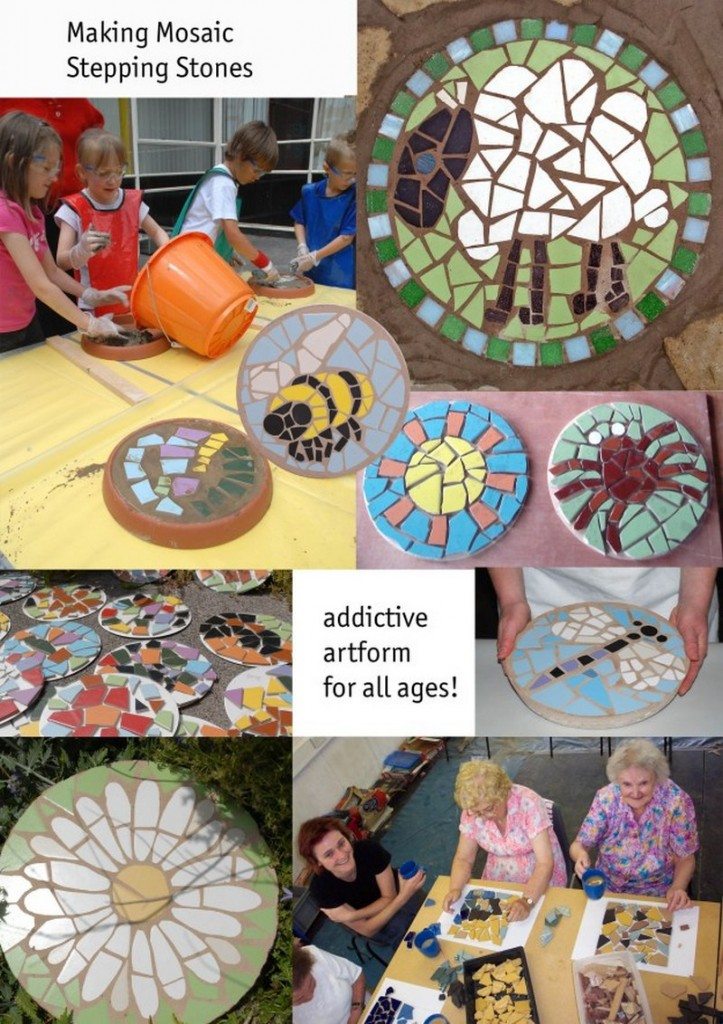
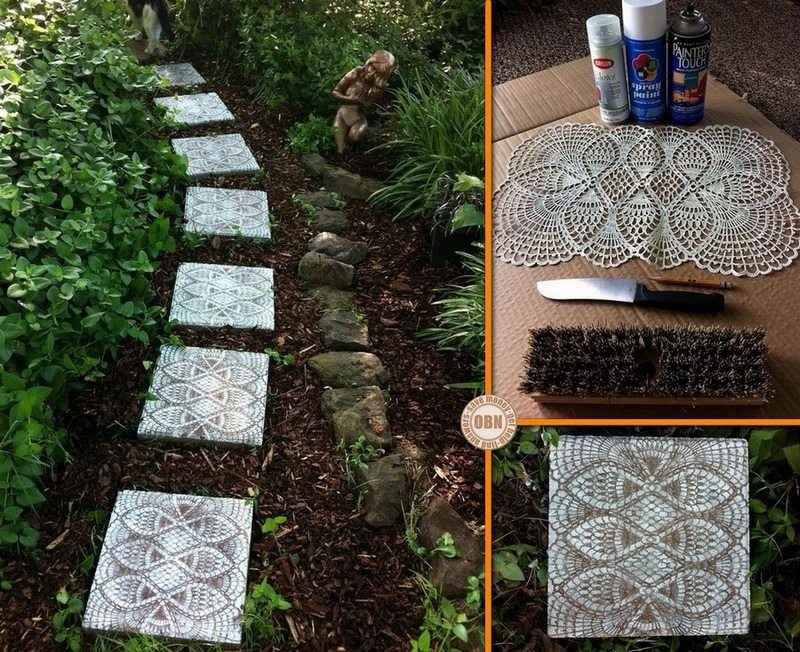

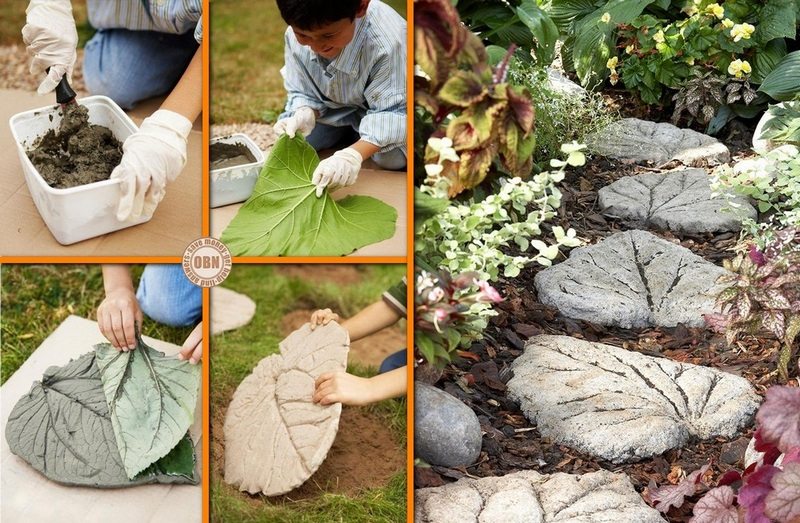

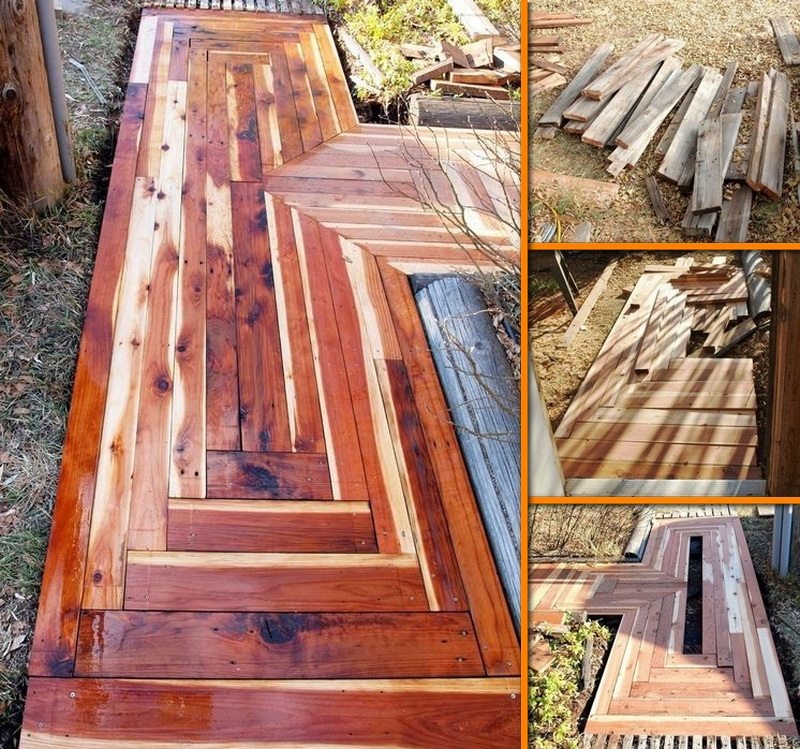
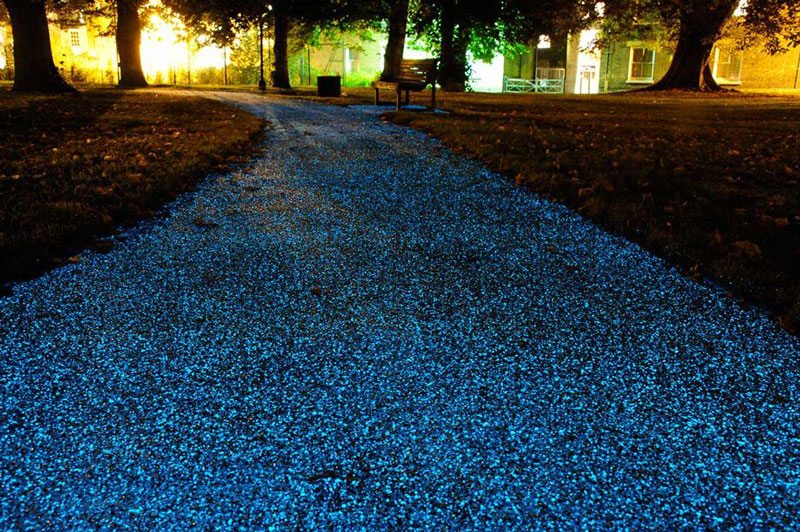


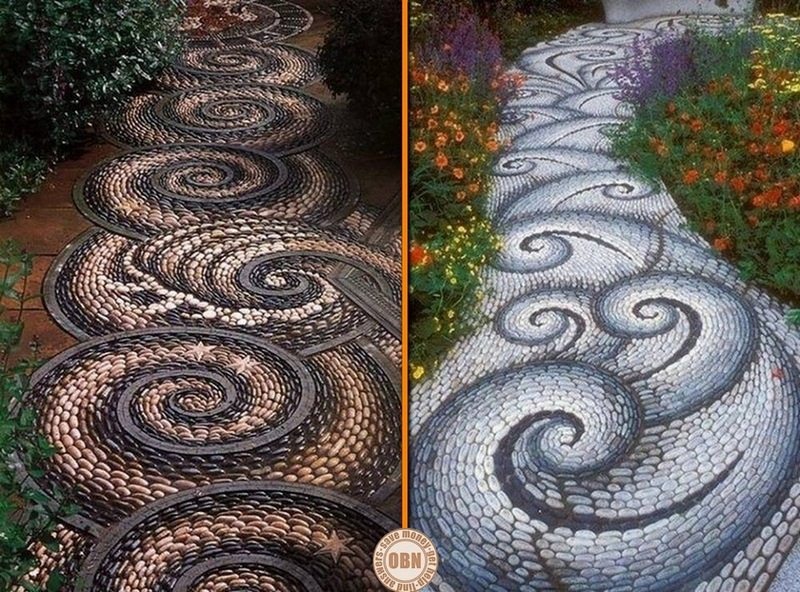
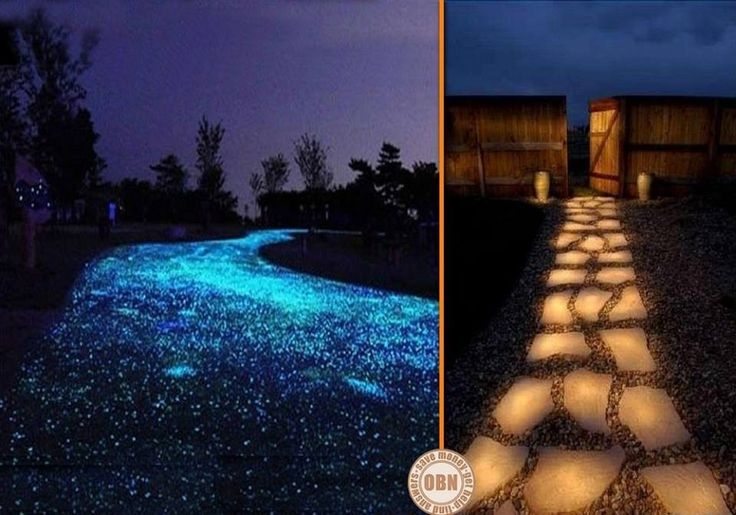
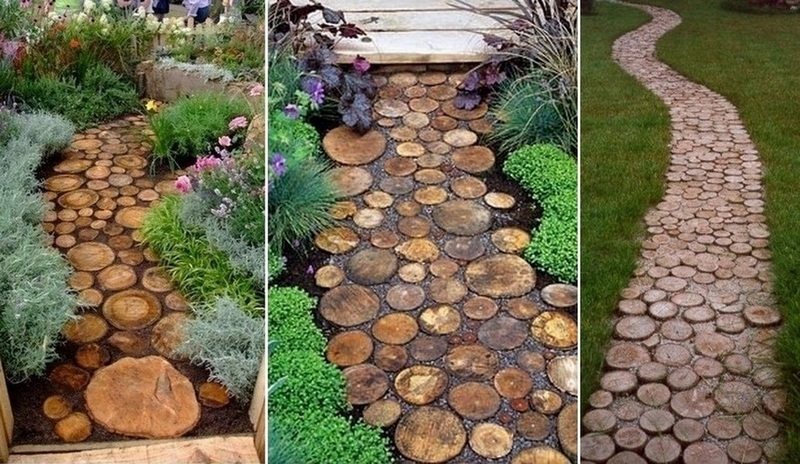

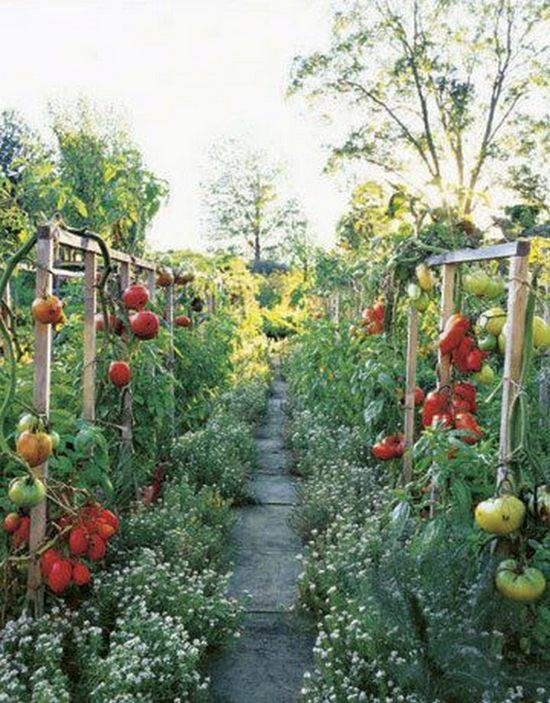
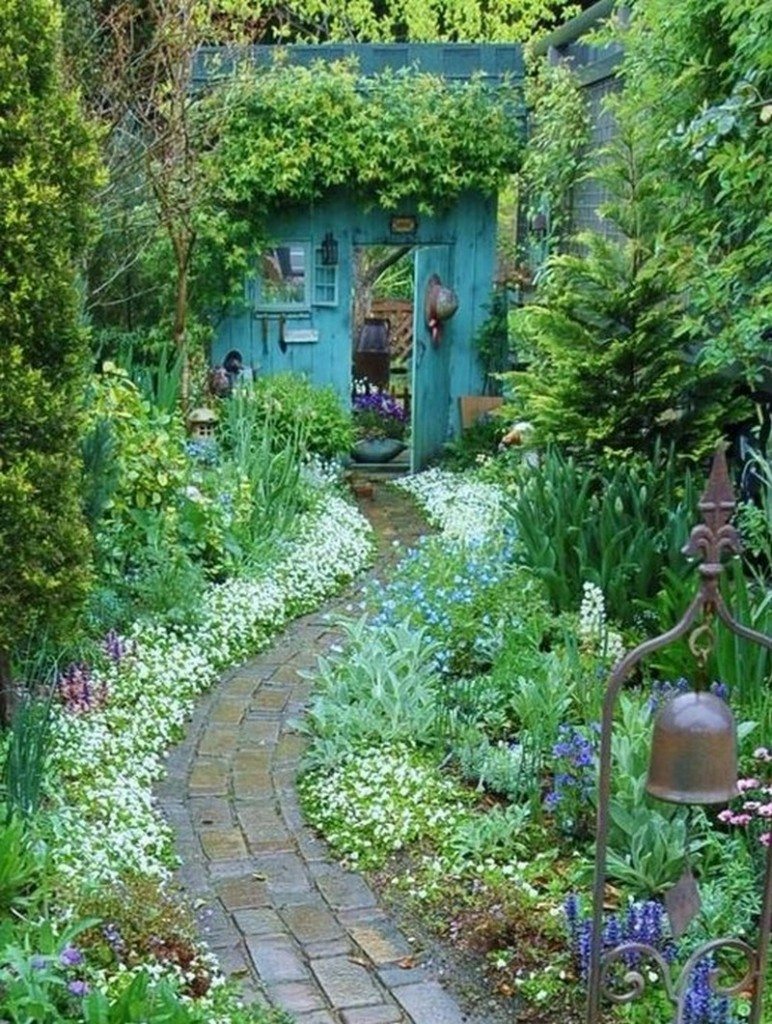
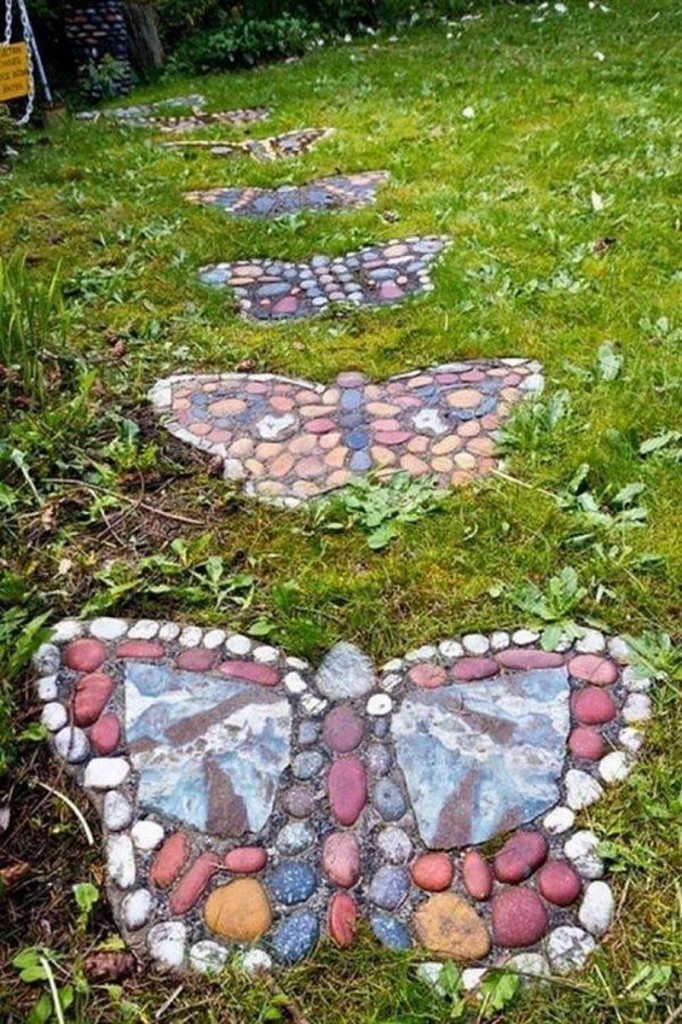
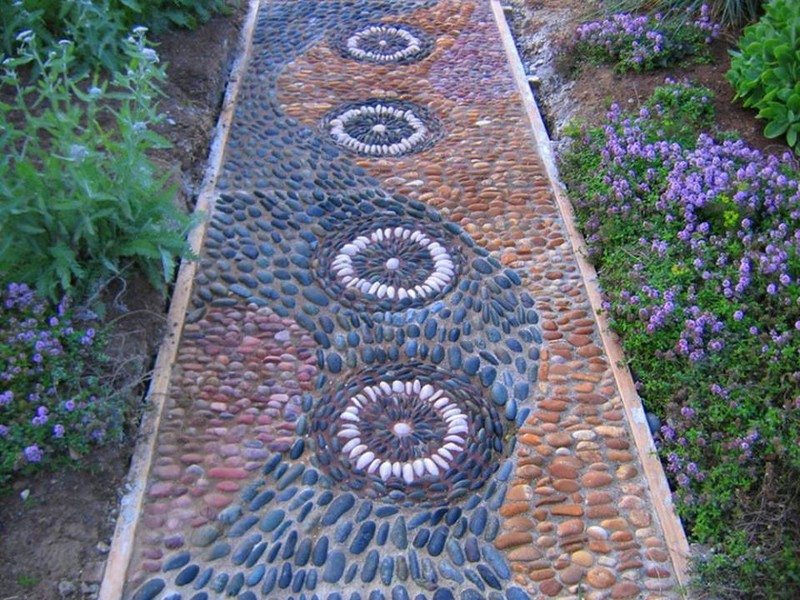
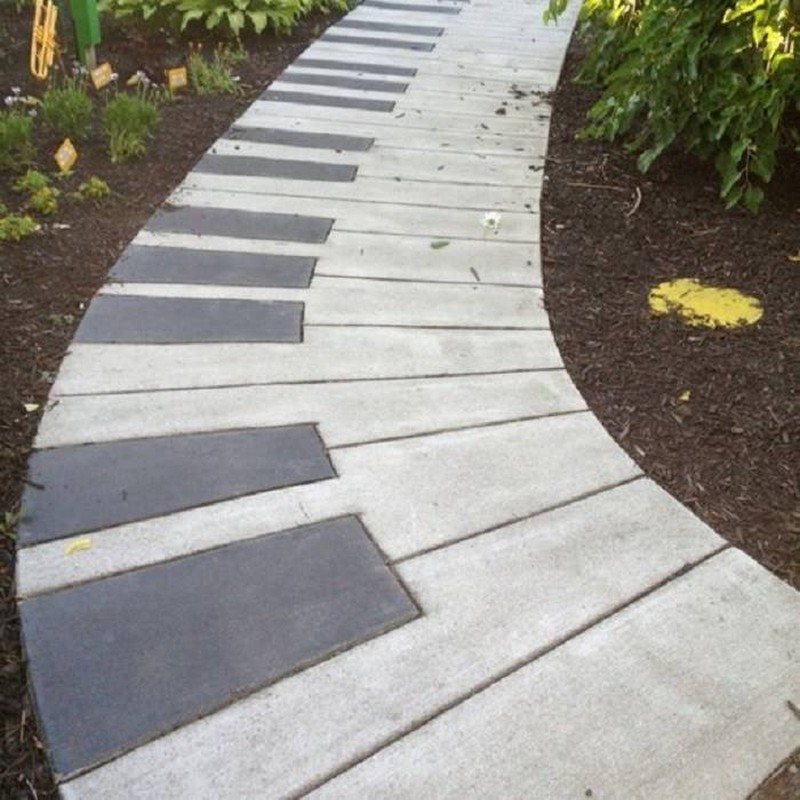
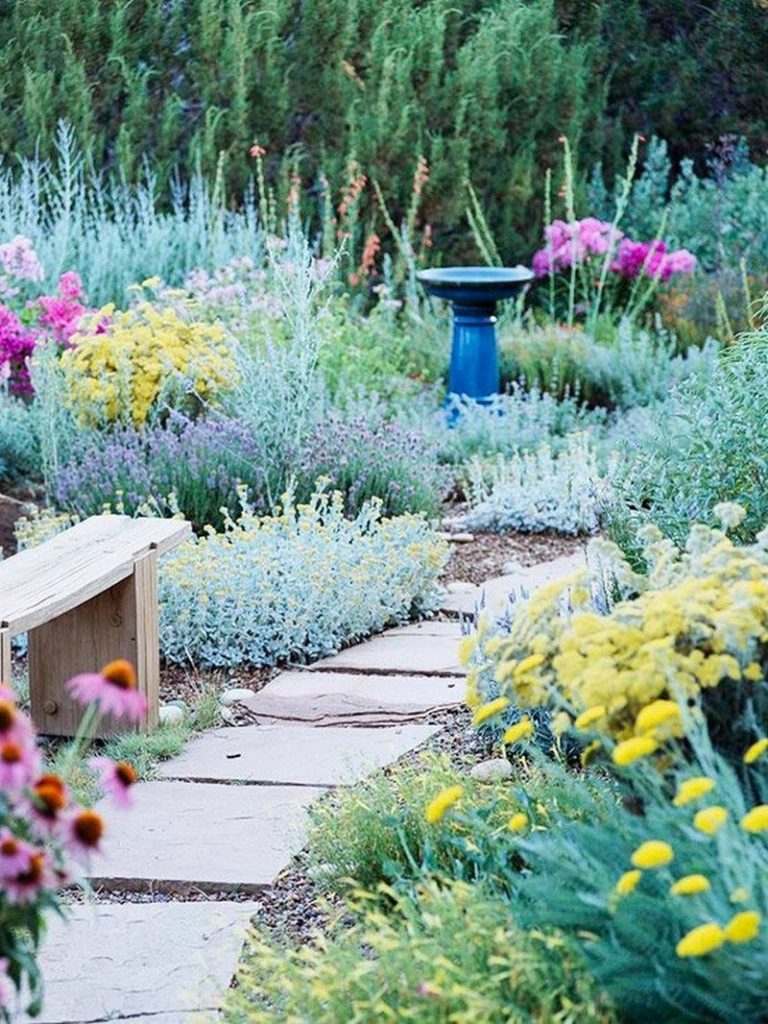
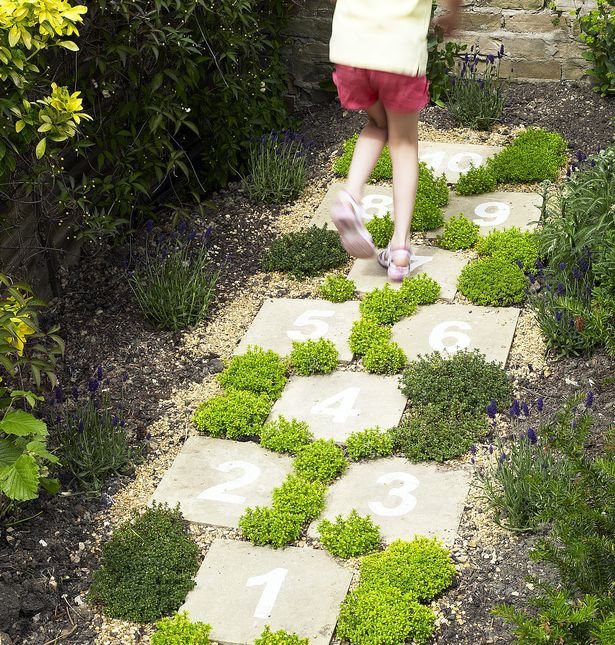
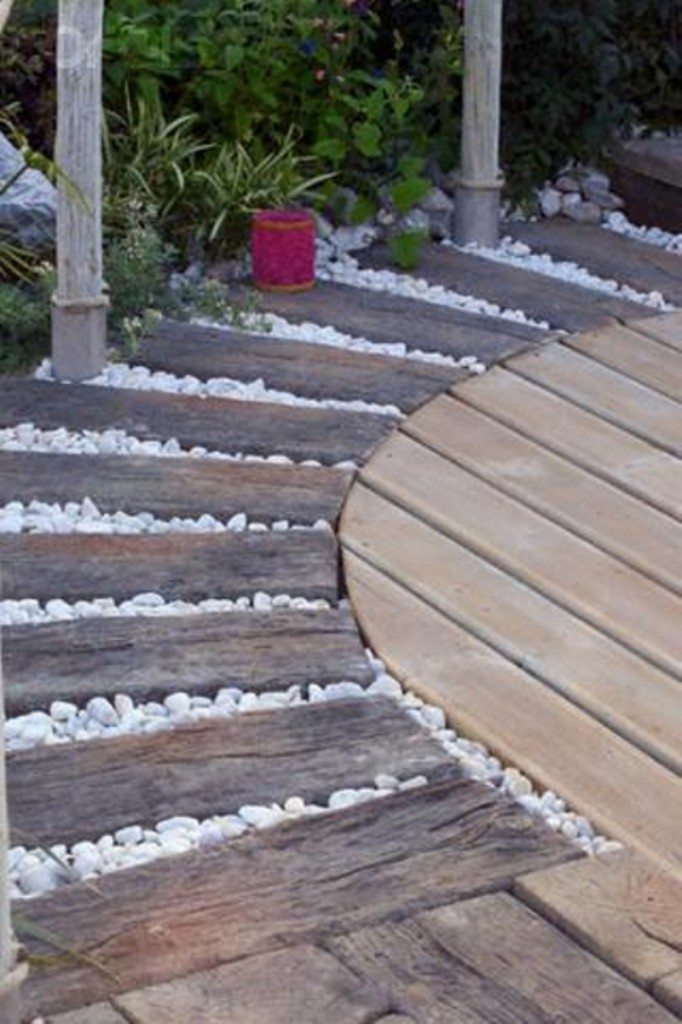
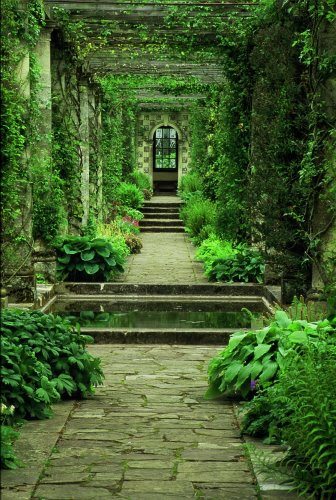
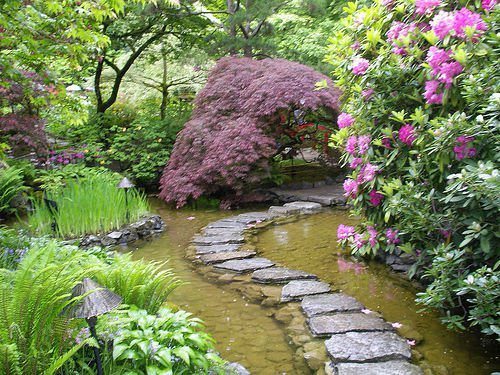
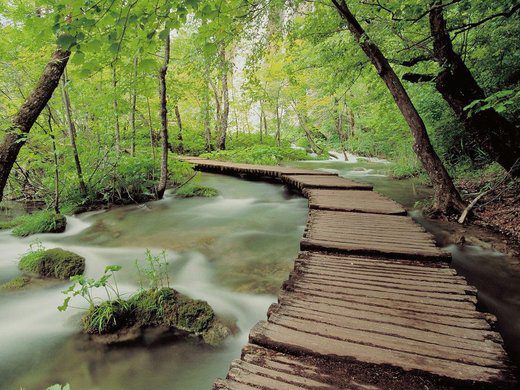
Plant Pairings That Frame and Perfume the Route
Border plantings finish a walkway like trim on custom carpentry. The right scents, textures, and heights make easy garden paths feel truly welcoming every season.
Low-Growing Aromatics for Path Edges
Creeping thyme, Corsican mint, and dwarf oregano stay under three inches yet release fragrance when brushed. Space plugs eight inches apart along the gravel line. They knit together within one summer and choke weeds.
Bright blooms attract bees that help pollinate vegetables nearby. The living carpet softens hard materials and signals the transition between planting beds and easy garden paths without adding mowing chores. Clip lightly after flowering to keep stems tidy and encourage a second flush of color in early autumn.
Textural Contrast with Ornamental Grasses
Plant low mounded species such as blue fescue or carex along curves where movement matters. The fine blades sway in breezes and create dynamic shadows across stone. Combine green and steel-blue tones for modern schemes.
Choose clumping forms so roots do not invade walking space. Add a sprinkle of slow-release fertilizer each spring to sustain color through dry spells. These tufts frame easy garden paths elegantly and require only a spring haircut once the new growth pushes through.
Seasonal Bulbs for Surprise Color
Underplant dwarf daffodils, crocuses, and snowdrops between stepping stones before winter sets in. The bulbs burst through gravel gaps in early spring and deliver bright color long before perennials wake.
After flowers fade, foliage shrivels quickly without blocking traffic. Use a handheld auger to drill holes at proper depth, sprinkle bone meal, and backfill with grit for drainage. Rotate bulb groups each year to refresh displays and avoid pest buildup. Photograph peak blooms so you remember hidden clusters when planning summer maintenance.
Shade-Tolerant Foliage in Woodland Areas
Hostas, heucheras, and Japanese forest grass thrive under tree canopies where light levels drop. Mix chartreuse, burgundy, and variegated leaves to brighten dim corners. Spread two inches of leaf mold around roots each fall to mimic natural forest duff.
Edged paths benefit as roots knit soil yet stay shallow enough not to heave stones. Slug control with iron phosphate pellets keeps foliage pristine through the wet season. Divide overcrowded clumps every fourth year to maintain vigor and open vistas along the walk.
Conclusion
Building easy garden paths transforms a yard into a cohesive space. Sound edging, drainage and plant choices reduce upkeep. Even simple materials look refined when installed thoughtfully. Test curves with a hose, then set a realistic budget before digging. Maintain the path monthly to keep it safe and inviting.
If you liked these, you will also like viewing these gardening ideas…



